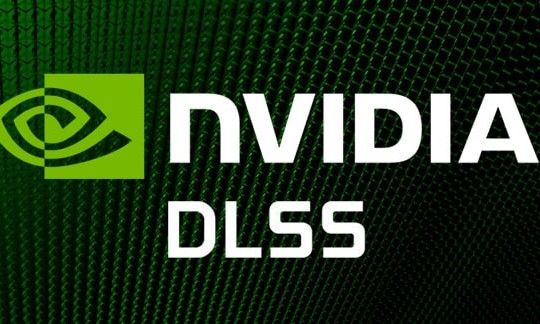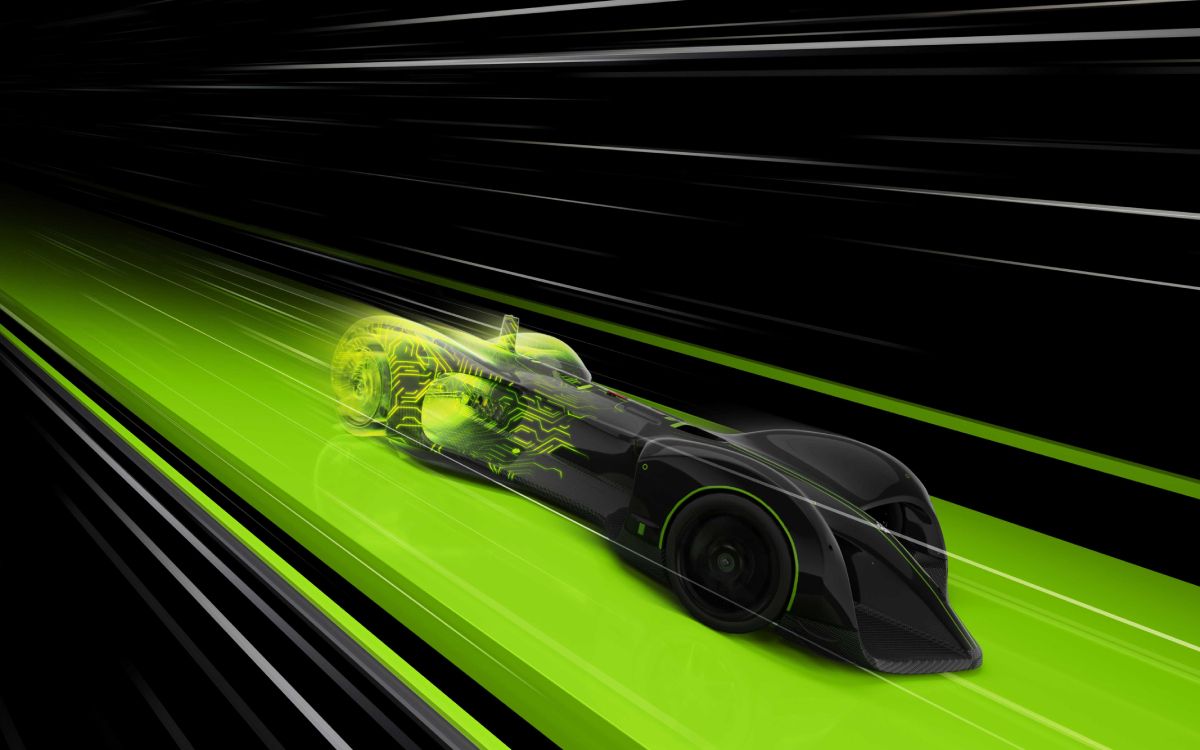Understanding DLSS: A Dive into NVIDIA's Revolutionary Technology

Introduction
Playing a graphically demanding video game is a visual treat, but it comes with challenges. The battle between resolution and frame rates is a constant struggle for gamers. NVIDIA, recognizing this dilemma, introduced Deep Learning Super Sampling (DLSS) as a game-changer. Let's explore how DLSS reshapes the gaming experience.
How a Video Game Works and the GPU's Role
When you play a video game, the graphics card generates real-time images by continuously drawing screens composed of millions of pixels. Higher resolutions result in more detailed images, but this impacts frame rates. Achieving smoother gameplay involves generating more images per second.

DLSS Goals
DLSS aims to enhance gaming performance by intelligently balancing resolution and frame rates. NVIDIA's introduction of Ray Tracing and DLSS technologies led to a shift in graphics card naming from GTX to RTX.
DLSS Evolution: From 1.0 to 3.5
NVIDIA's DLSS journey began with version 1.0 in 2019, a spatial image upscaler trained separately for each game, reduced resolution using AI to reconstruct images. It evolved with DLSS 2.0 in 2020, incorporating AI and Tensor Cores, with additional data inputs, motion vectors, and temporal filtering, leading to a significant augmentation in graphic quality. DLSS 3.0, released in 2023 took a giant leap, generating entire frames per second using AI and optical flow, and two months later they added ray reconstruction technology in DLSS 3.5.Limitations and Artifacts
Despite its advancements, DLSS has limitations, including artifacts, ghosting, and hallucinations. Introducing frame generation may also add milliseconds of latency, which DLSS 3.0 addresses with Reflex technology, for some games.


DLSS 3.5: Ray Tracing Reconstruction
DLSS 3.5 employs AI to generate additional pixels in ray tracing scenes, replacing manual noise reduction with a new AI model trained on NVIDIA supercomputers.
Conclusion
DLSS is a groundbreaking technology that has significantly improved the gaming experience. While it has its challenges, the continuous evolution of DLSS showcases NVIDIA's commitment to pushing the boundaries of what's possible in gaming graphics.
References:
